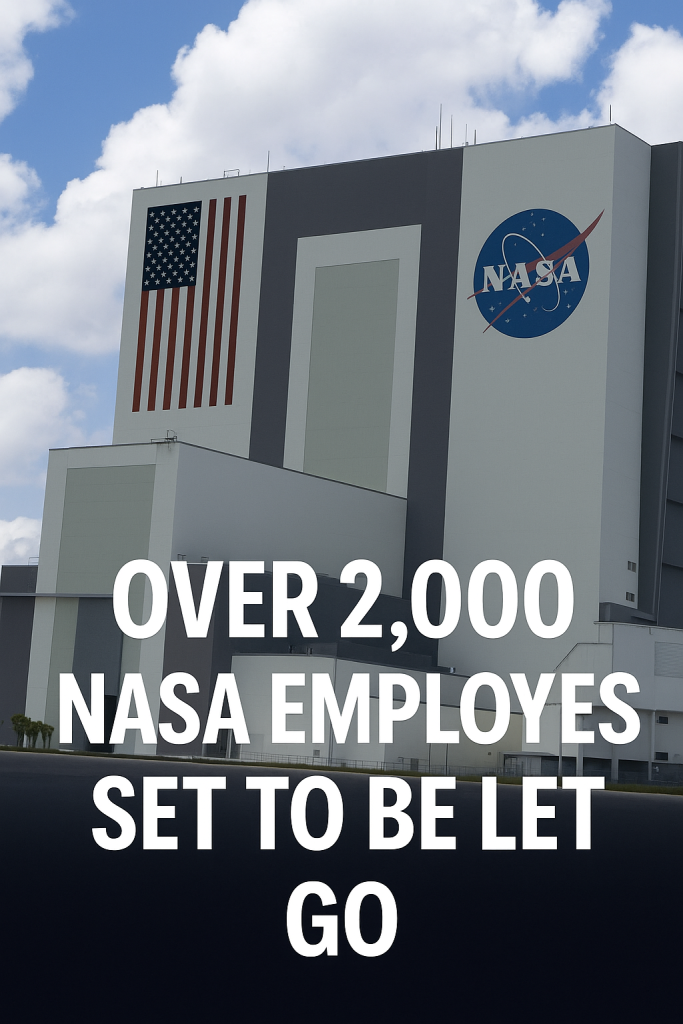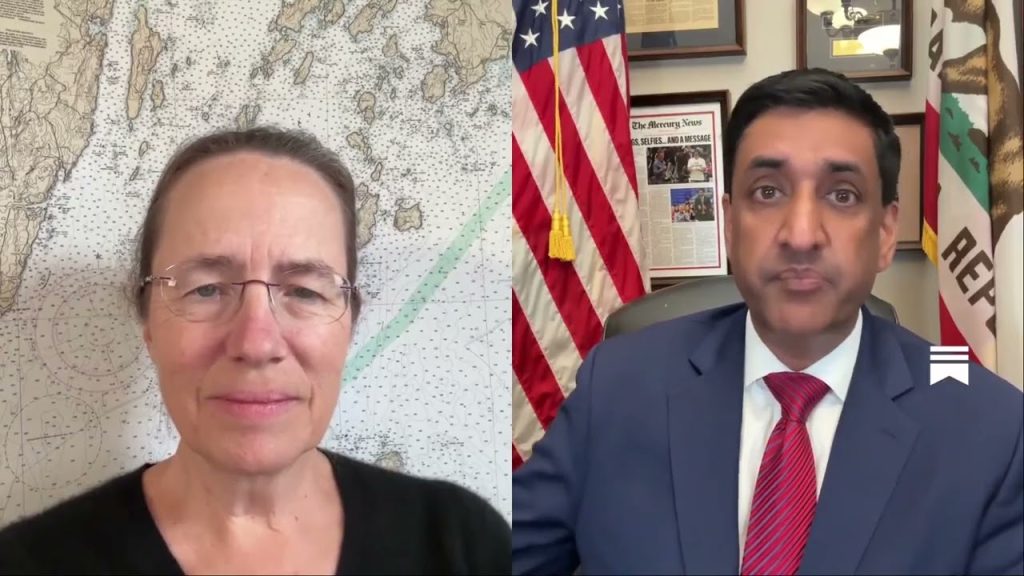In a move that has reignited controversy over workforce reductions in federal space programs, the Trump administration is reportedly set to initiate layoffs impacting over 2,000 NASA employees in 2024. This latest wave of job cuts comes amid ongoing debates about funding priorities and strategic direction for the United States’ space agency.
The scale of the workforce reduction is significant, with NASA expected to shrink its employee base substantially. Sources indicate that this reduction will affect a broad spectrum of roles, including engineering, research, and administrative positions. The layoffs reportedly span multiple NASA centers across the country, raising concerns about the agency’s capacity to maintain current projects and advance new initiatives.
This is not the first time the Trump administration has implemented cuts at NASA. Previous reductions and shifts in budget priorities have drawn criticism from space advocacy groups, employees, and policymakers worried about the impact on America’s leadership in space exploration. Many view these layoffs as a setback, particularly as NASA ramps up ambitious missions such as the Artemis program aimed at returning humans to the Moon and eventually sending astronauts to Mars.
Critics argue that reducing NASA’s workforce undermines critical research and development efforts, especially when global competition in space exploration is intensifying. With countries increasingly investing heavily in their own space programs, concerns are growing that the U.S. could lose its edge if NASA is unable to retain top talent and adequately staff its missions.
The administration defends the cuts as necessary for fiscal discipline and to eliminate redundancies. Officials emphasize the importance of steering NASA towards more cost-effective operations and suggest that some functions could be outsourced or streamlined. Nevertheless, experts warn that the timing is problematic, with multiple major projects currently in the pipeline requiring robust staffing levels.
Employees affected by the layoffs have expressed anxiety over their futures and the broader implications for the agency. Labor representatives and union officials are reportedly mobilizing to challenge the scale of the cuts, seeking negotiations to mitigate the impact where possible.
Moreover, the layoffs raise questions about the administration’s long-term vision for NASA. While space exploration remains a high-profile goal, the recent workforce reductions fuel debates about how the agency balances its scientific ambitions with budget realities.
Space policy analysts suggest that if the U.S. wants to maintain its status as a space leader, sustained investment in a skilled workforce is paramount. They caution that abrupt decreases in personnel could set programs back years and reduce NASA’s ability to innovate.
With over 2,000 employees facing job loss, the coming months will be critical both for those individuals and for NASA’s role in shaping humanity’s future in space. How the agency manages this transition, and how the administration addresses public and political pushback, could have lasting effects on the nation’s space exploration trajectory.
As the layoff plans unfold, stakeholders from government officials to space enthusiasts will closely watch for responses and adjustments that might preserve NASA’s operational strength while addressing the administration’s budgetary goals.



